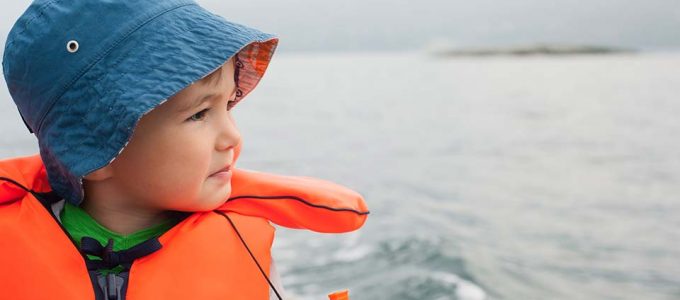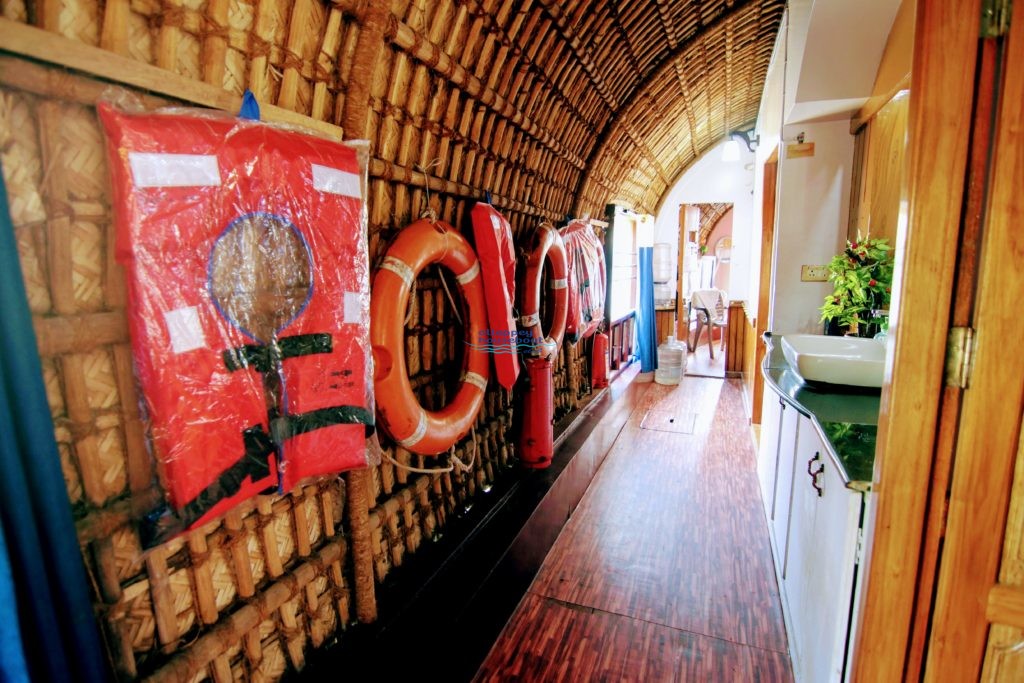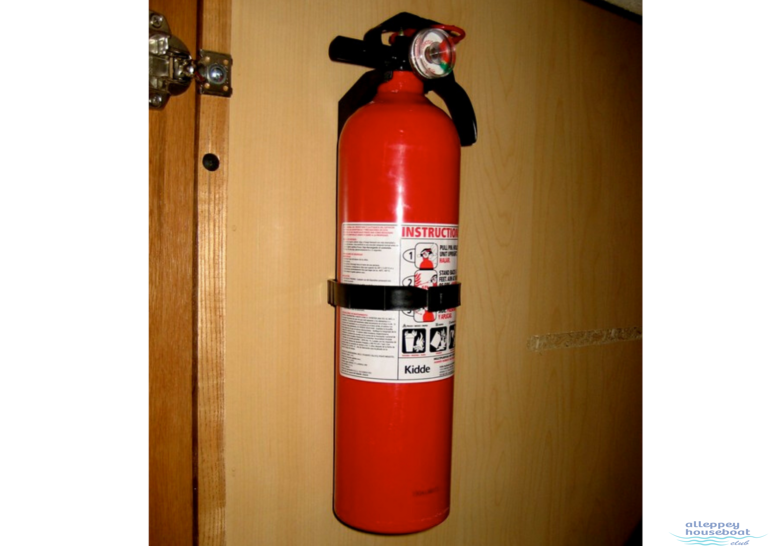Safety and security inside kerala backwaters houseboat

Kerala Houseboat Safety Tips: A Complete Guide for Your Backwaters Journey

Travelling on a Kerala houseboat through the serene backwaters is a dream experience. But to make it truly memorable — and safe — you must follow some essential houseboat safety tips. Whether you’re booking an Alleppey houseboat cruise, a Kumarakom houseboat stay, or a backwaters houseboat tour elsewhere in Kerala, these safety guidelines will help ensure your journey is worry-free.
Why Safety Matters on Kerala Houseboats
- The tranquil backwaters may seem calm, but the risk of accidents or mishaps cannot be ignored.
- Kerala’s tourism authorities enforce Inland Vessel Rules 2010 and updated regulations to enhance houseboat safety.
- Responsible operators equip their vessels with life jackets, fire extinguishers, SOS alarms, and other safety gear — but passengers must also be alert and prepared.

Top Kerala Houseboat Safety Tips
Here’s a comprehensive checklist you should follow before and during your houseboat cruise in Kerala’s backwaters:
1. Choose a Certified, Reputable Houseboat Operator
- Always verify that the houseboat permits and safety certifications are valid.
- Check for endorsements by recognized Kerala tourism bodies.
- Read traveler reviews and photos—look out for well-maintained decks, clean interiors, and visible safety equipment.
2. Confirm Life Jackets, Lifebuoys & Emergency Gear
- Ensure there are enough life jackets and lifebuoys for every guest (including children).
- Ask to inspect the condition of safety gear—look for well-maintained jackets and easily accessible lifebuoys.
- Emergency items like a first aid kit, fire extinguishers, and alarm bell / SOS system should be in place and operational.
3. Know the Safety Instructions & Crew Briefing
- Before departure, the captain or crew should brief you about dos and don’ts onboard:
- Always listen to crew instructions.
- Wear life jackets when on deck.
- Avoid running or pushing near edges.
- Don’t obstruct crew while they navigate or dock.
- Follow rules about taking selfies over edges or railings.
- Safety guidelines should be displayed in multiple languages onboard, especially in tourist zones.
- The crew must point out location of emergency exits, alarms, and muster (assembly) points.
4. Use SOS Alarm or Emergency Communication Wisely
- Many modern Kerala houseboats include an SOS alarm button. When activated, this notifies the nearby police station or marine patrol.
- Use it only in true emergencies — misuse may incur penalties.
- The crew should be trained to respond quickly when the alarm is pressed (within ~15 minutes in many areas).
5. Follow Regulations for Deck Railings & Movement
- Railings at the lobby area and rear end of the boat should meet the regulatory height standards as required by Kerala maritime rules.
- Avoid standing or leaning on railings, particularly when the boat is moving.
- Always hold onto handrails while walking onboard, especially at night or when wet.
6. Stay Within Designated Zones & Avoid Overcrowding
- Don’t move freely in utility or engine zones.
- Stay within designated passenger areas.
- Avoid crowding at one side of the boat; maintain balanced load and avoid overcapacity.
7. Be Cautious During Boarding & Disembarking
- Step carefully when getting on or off the boat—slippery surfaces or unstable planks can be dangerous.
- Don’t board or alight from the boat while it is underway.
- Use gangplanks or steps as instructed by staff.
8. Supervise Children & Non-swimmers
- Keep children and non-swimmers near you at all times.
- Ensure they always wear properly fitted life jackets.
- Avoid letting them roam the boat freely after dark.
9. Don’t Panic — Follow Crew Instructions in Emergencies
- In case of emergency, stay calm and wait for crew guidance.
- Use the provided life jacket, head to the muster point, and follow evacuation direction.
- Many houseboats carry GPS trackers so authorities can locate them quickly if needed.
10. Check for Local Tourism Hotline & Complaints Register
- A reputable houseboat should display tourism helpline numbers (e.g. district control or boat safety board).
- A complaint register or contact point should be onboard so passengers can note issues.
- Example for Alleppey: District special branch contact and local helpline numbers are often displayed.
Additional Safety Tips for a Smooth Backwaters Trip
- Avoid standing on rooftop decks in strong winds or at night.
- Don’t attempt to jump or dive into the water from the boat.
- Respect wildlife and boats traveling nearby to avoid sudden wakes.
- Keep emergency numbers (local police, tourism office, houseboat operator) handy.
- Carry a flashlight, anti-slip footwear, and a cell phone with signal (or a portable charger).
FAQ:
Q: Are Kerala houseboats safe?
A: Yes — when you choose a licensed operator and follow essential Kerala houseboat safety tips, cruising in the backwaters can be comfortable and secure.
Q: What safety equipment is on a Kerala houseboat?
Each boat should carry life jackets, lifebuoys, fire extinguishers, first aid kits, SOS alarms, and GPS tracking systems.
Q: How can I minimize risk on an Alleppey houseboat cruise?
Select a well-reviewed, certified operator; confirm safety gear; follow rules onboard; avoid leaning on railings; supervise children; and heed crew instructions.
Summary & Final Advice
Exploring Kerala’s mesmerizing backwaters on a houseboat is one of India’s most iconic travel experiences. To ensure you return with fond memories—not regrets—keep safety front and center:
- Pick a certified, trustworthy houseboat operator.
- Confirm all life-saving equipment is present and functional.
- Pay attention to crew instructions and safety briefings.
- Use emergency SOS systems responsibly.
- Stay within safe zones, supervise children, and avoid risky moves.


Leave a Reply